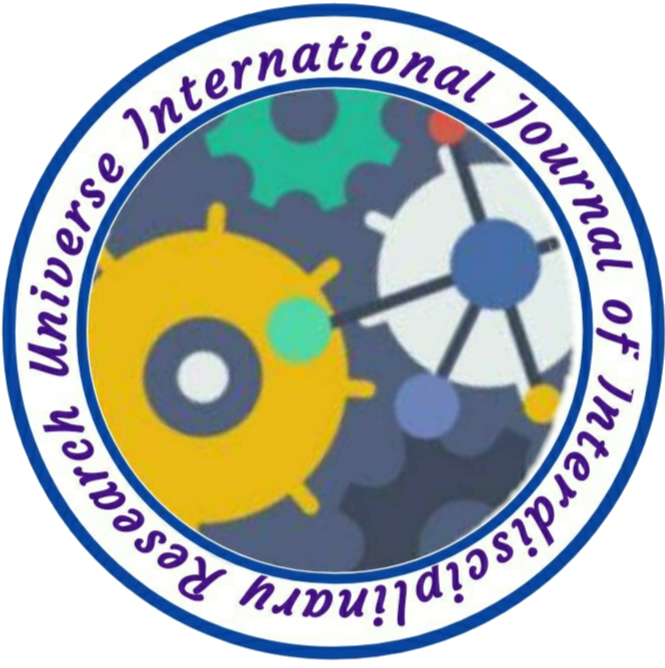A QUASI EXPERIMENTAL STUDY TO ASSESS THE EFFECTIVENESS OF STRUCTURED TEACHING PROGRAMME ON KNOWLEDGE REGARDING DELAY UMBALICAL CORD CLAMPING AMONG THE NURSING STUDENTS OF SELECTED NURSING COLLEGES OF MEHSANA DISTRICT
Author Name: 1. Niki Patel, 2. Niyatee Patel, 2. Viren Mainor, 2. Tirth Patel, 2. Zankhana Gohil, 2. Rajan Parmar
Volume/Issue: 05/04
Country: India
DOI NO.: 08.2020-25662434 DOI Link: https://doi-ds.org/doilink/09.2024-28743968/UIJIR
Affiliation:
- HOD of Medical Surgical Nursing Department, Merchant Nursing College Basna, Mehsana, Gujarat, India.
- 4th Year B.sc Nursing student, Merchant Nursing, College, Basna, Mehsana, Gujarat, India.
ABSTRACT
INTRODUCTION: Umbilical cord clumping consists in the binding of the umbilical cord by nipper to interrupt blood flow from placenta to fetus. Umbilical cord can be clamped within 30s or at least 1 min after birth. A lot of studies have shown that delayed umbilical cord clamping is associated with greater haemoglobin concentration, better iron storage between 3-6 months of life and lower incidence for transfusion and neonatal hypotension compared to immediate umbilical cord clumping. The umbilical cord is the essential life-sustaining connection between fetus and placenta. It constitutes a stable connection to the feto-maternal interface, while allowing fetal mobility that is essential for fetal development in general and neuromotor development. OBJECTIVE: The aim of the study was to assess the existing knowledge of Nursing students on delay umbilical cord clamping evaluate the effectiveness Of Structured teaching programme on delay umbilical cord clamping,to find the Association between post- test knowledge score and their selected Demographic variables. STUDY DESIGN: Quasi Experimental study. METHOD:A Total 60 sample were included in a study who met the sampling criteria and Probability simple random sampling technique used. The researcher used self Structured questionnaire for collect the data. The data collection tools contain Demographic variables, to assess the knowledge. The result shows that the Highest percentage is that( 82%) nursing students belong to the age group 18-20 years, majority (53%) nursing students were female, majority(74%) hindu Religion students, equal both (50%)GNM and BS C of nursing students stream of Education, majority (68%) nursing students had prior knowledge of delayed Umbilical cord clamping.hrough source of part of curriculum. RESULT: There is No any significant association between the prevalence of delay umbilical cord Clamping with selected demographic variables. (p0.05) So, Hypothesis I is accepted. CONCLUSION: The findings of the study revealed that Structured teaching programme helps in improving knowledge regarding delay Umbilical cord clamping among Nursing students.
Key words: Assess, Knowledge, Prevalence , Structure Teaching Programme, Nursing Students, Delay Umbilical Cord Clamping

No comment